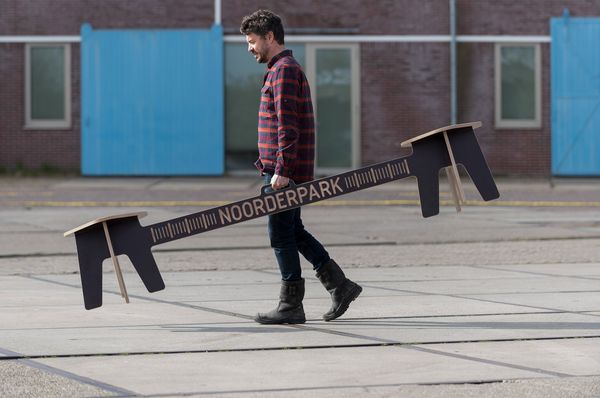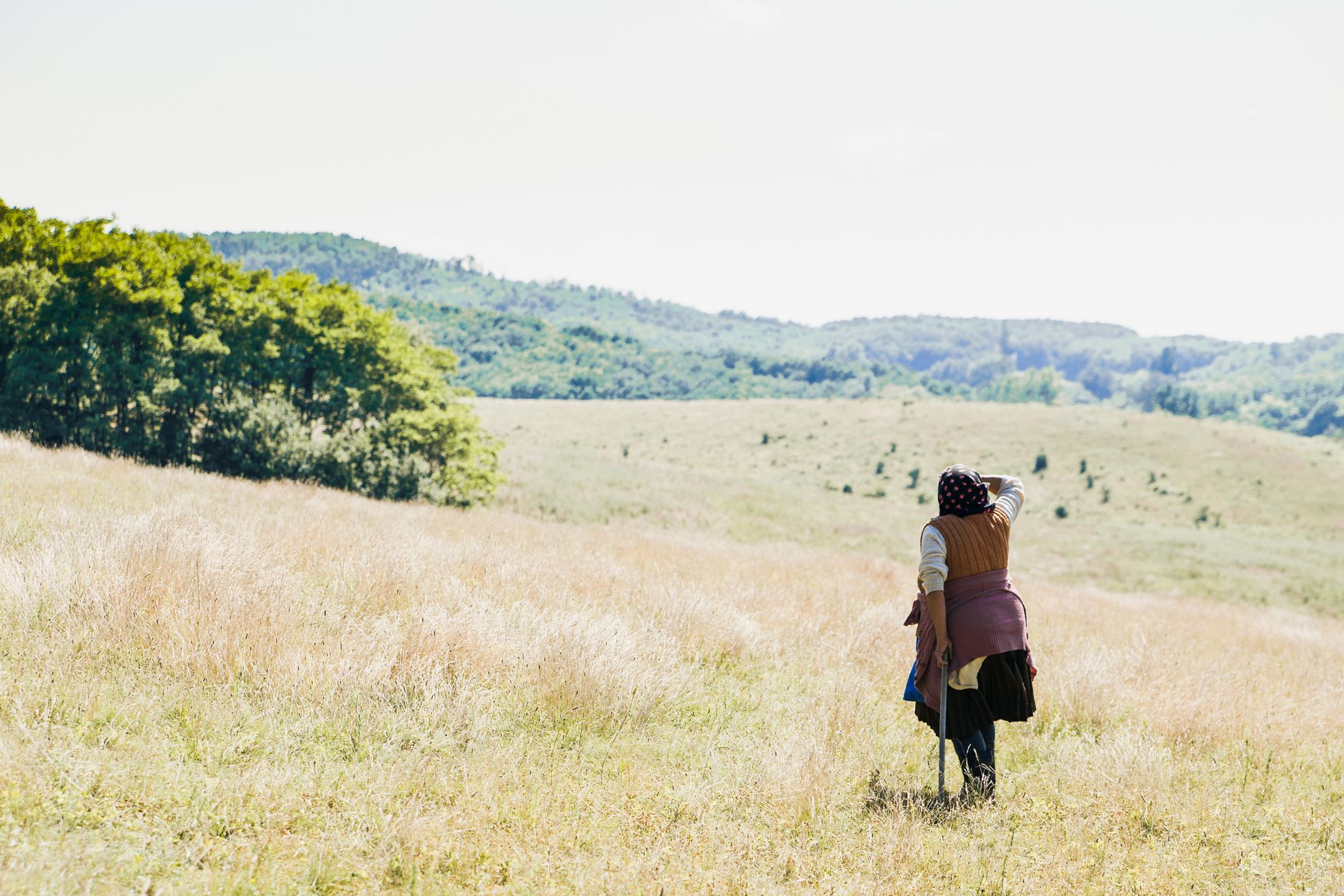Early morning bustle, farmhouses with porches, trades fading into oblivion and old ladies wearing kerchiefs and gathered skirts, in a traditional community: photographer Zsófia Mohos has been capturing the everydays and stories of Kisecset, a small village in northern Hungary for almost a decade. A series of frozen, fleeting moments from a closed world. Interview!
Tell us about the background story of your photo series: what is your connection to this land?
I have spent a lot of time in Kisecset with my grandmother and my parents since I was little. My grandmother purchased a farmhouse there that had practically no windows or roof in the eighties. She was born in the countryside, too – and even though later on she moved to Budapest – the village way of life was close to her. She slowly but steadily renovated the house and cultivated the land. As a kid I really loved to be there, as there was always something exciting going on. A family with a bigger farm lives next door, the elderly members are around the age of 80 today. Driving tractors, carrying hay, feeding duck, pig slaughtering: I took part in everything, I sat on top of the hay in the trailer, I got up at five in the morning to accompany ‘Zsuzsika néni’, the elderly lady and help her while the sheep grazed before the heat.
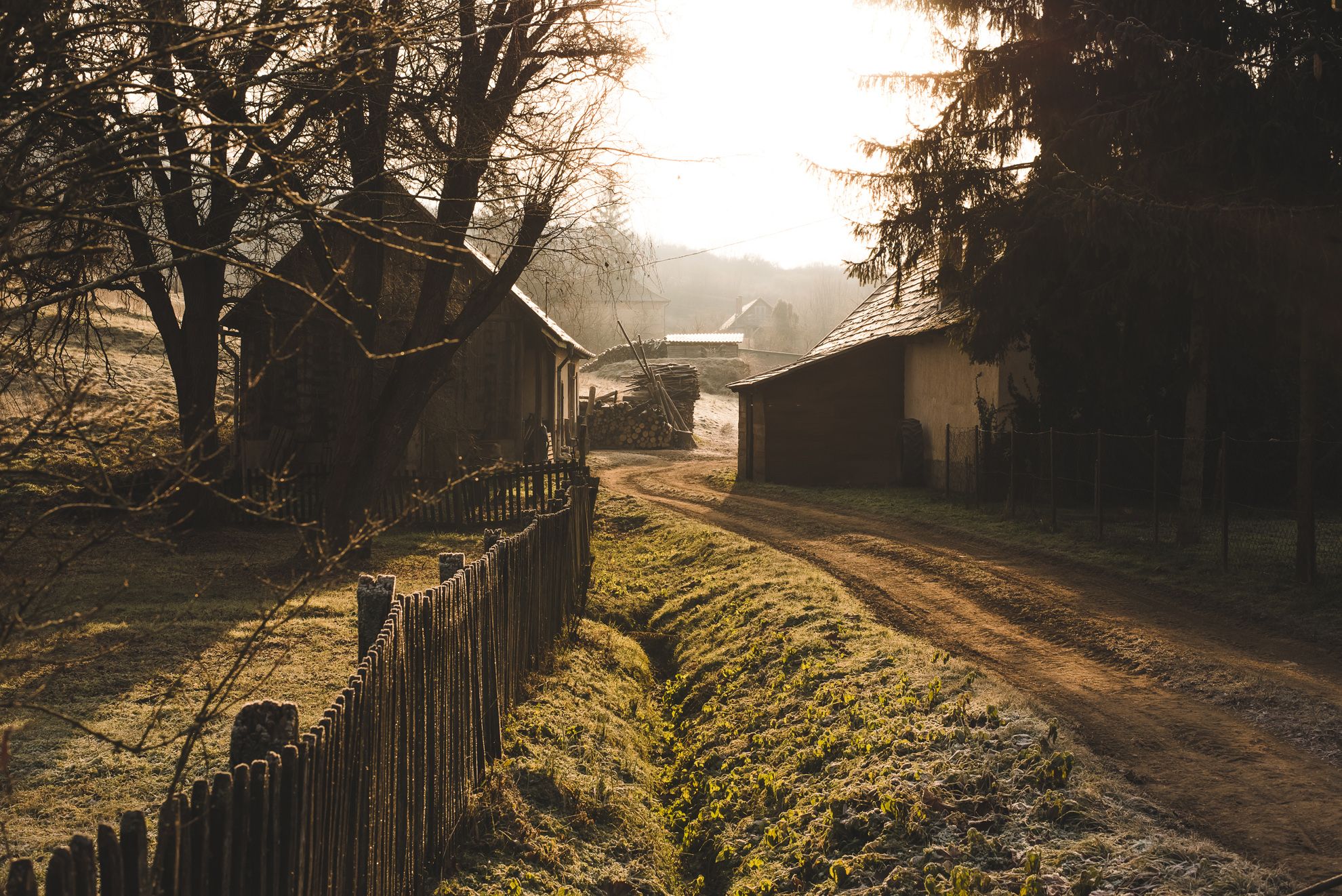

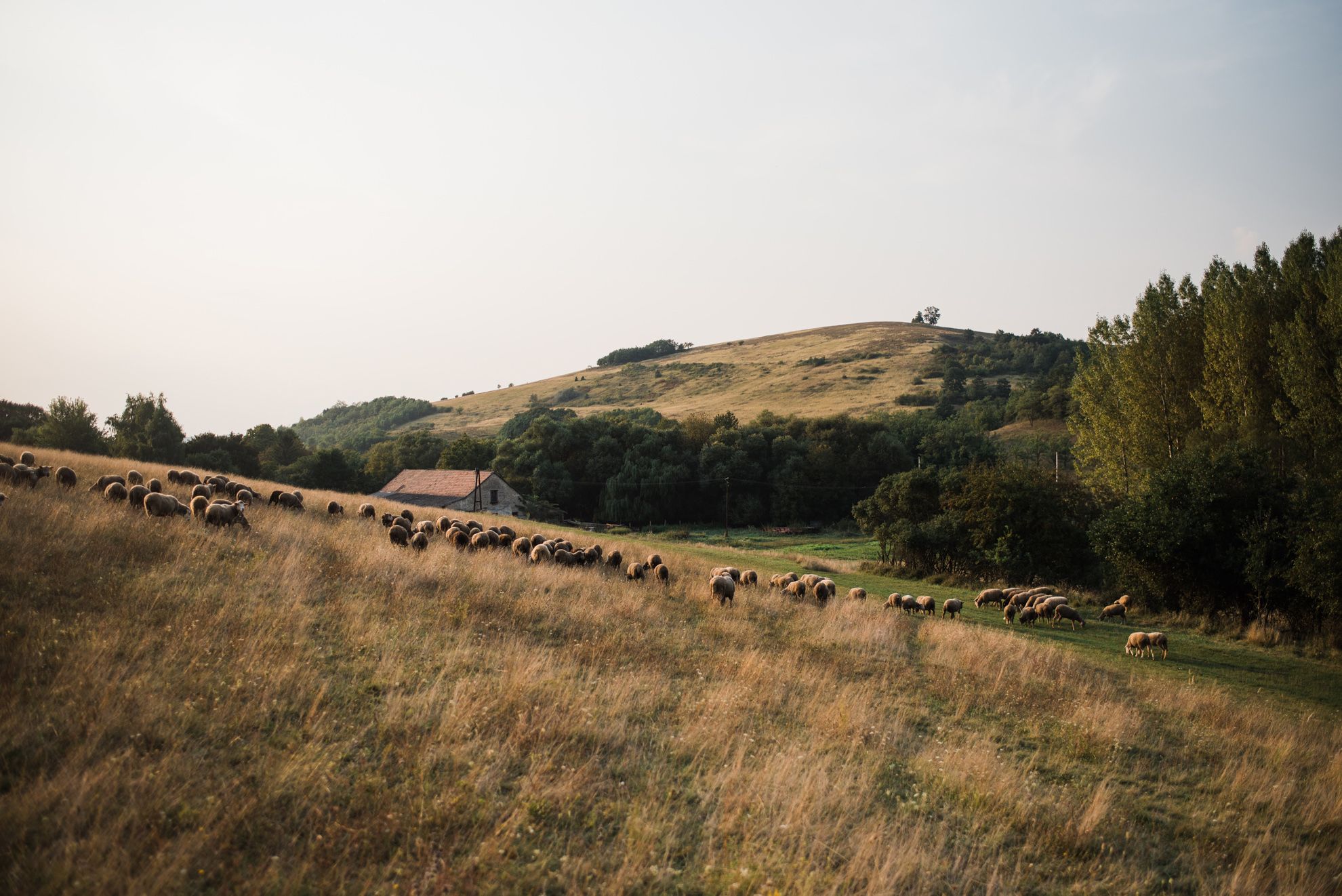
The village accepted me, as if I was born there. I got to know all villagers, as we were riding around on our bikes with my friends. And then suddenly I saw that there were less old ladies slowly making their way home after church, and the gardens and houses looked more and more deserted and abandoned. I felt that a world I loved being a part of was fading and dwindling away into nothingness before my eyes. I have always felt that this ‘old’ way of life is the real, the true one. I consider it my mission to capture everything that is left of it – while I still can.

You named your series ‘Görbeország’ (Crooked Country): why did you feel that this name captures the essence and message of the series the most?
This is how Kálmán Mikszáth called his motherland, Palócföld (the Land of the Palóc). I first wrote it as a commentary to a photo portraying a muddy, crooked dirt road in December. Then I started to use it more frequently, and this also became the title of my photo book, because it expresses why I like this area vividly: it’s nice and lovely. This title describes a somewhat mythical, closed world, it’s exactly like Palócföld.
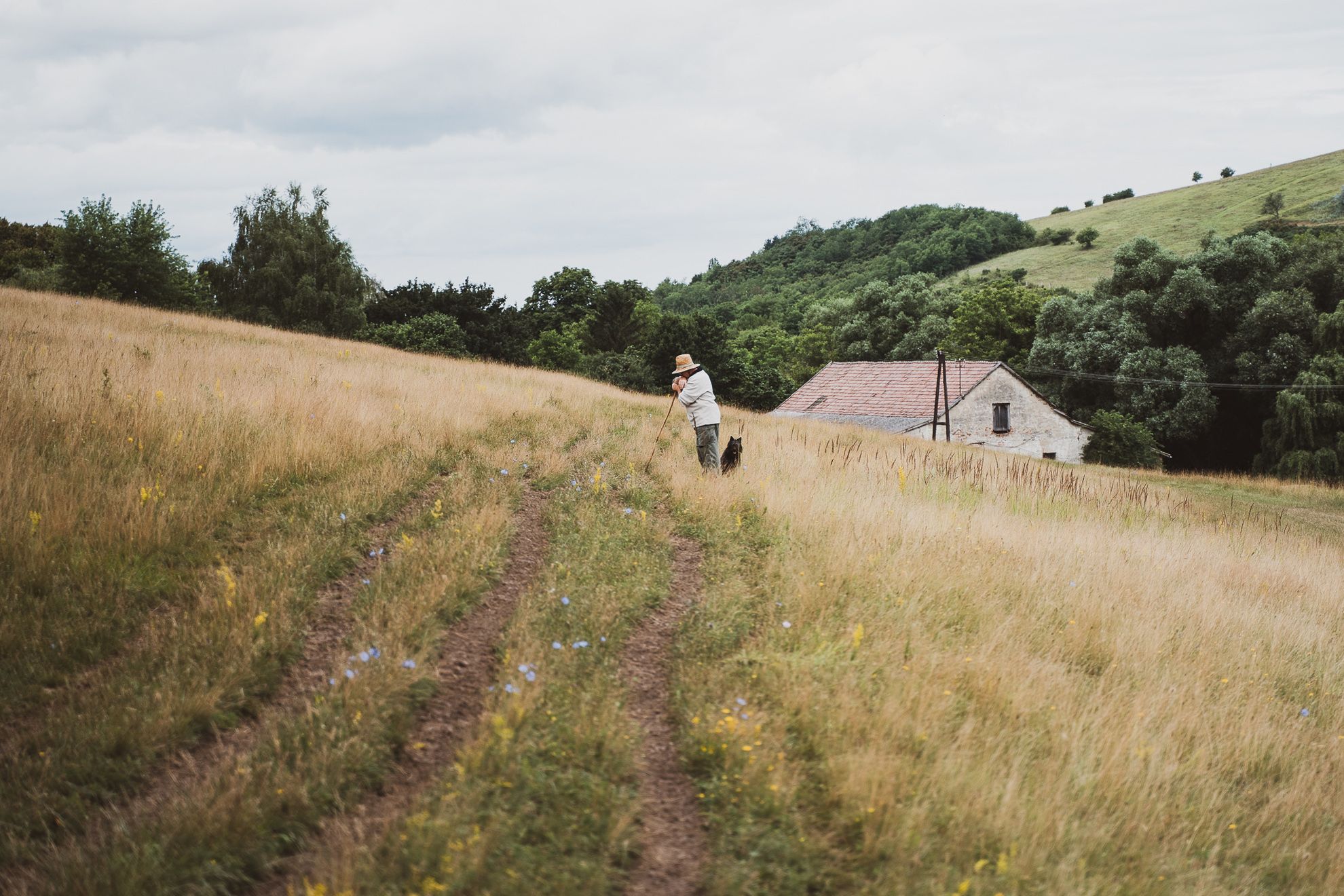
Your images are in fact not documentarist socio-photographs, as they portray the moments captured in an idyllic, glorified manner. What is the goal of your series exactly?
I always have a two-fold goal: on the one hand to convey to the people living there how valuable they are – this is why I keep going back with paper photographs, to cause them joy.
In addition, my main goal is to take photos allowing many of us to recognize old summers, and a world we have all been (and still are) a part of. Perhaps many of us have memories of running around barefoot in the yard, chasing after chickens, or listening to grandma telling stories while sitting on the small stool, shelling peas. I want to tell about an old, true life with my photos.

Not only did you take photos of the people living in the village, you also listened to them.
I consider conversations just as important as the photographs: the photos become a whole with the stories. During the first visits, many times I don’t even take any photos, we only talk. Usually at first they don’t understand what I’m doing there, but eventually they offer some home-made desserts and I ask the question: were you born here in the village? And then the story begins, usually somewhere before World War II: I hear stories about 4-5 year old gooseherds, and one of the elderly ladies told me while laughing really hard that back in ‘56, as a young woman, she didn’t know what an uprising was, she thought it was some kind of disease.
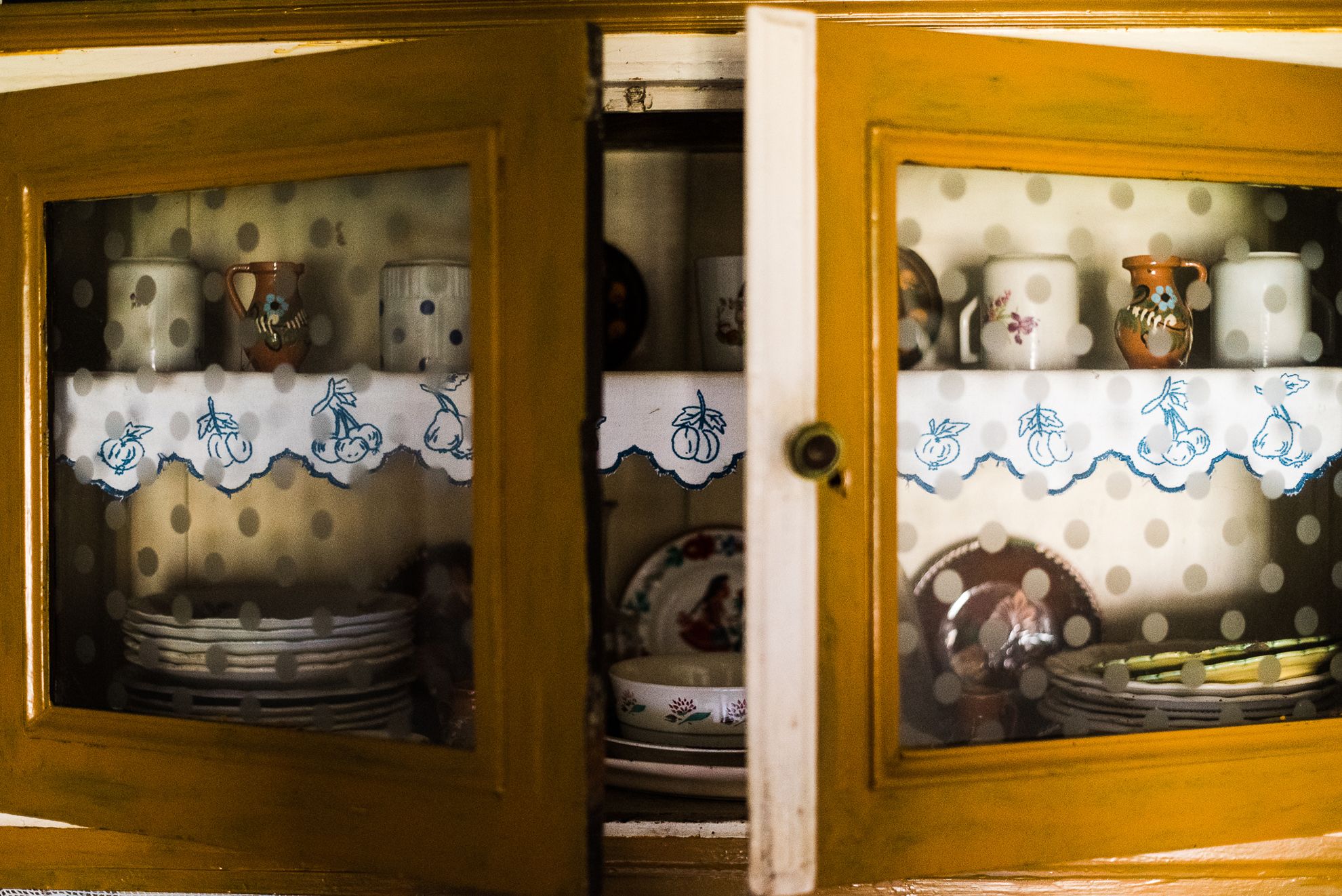
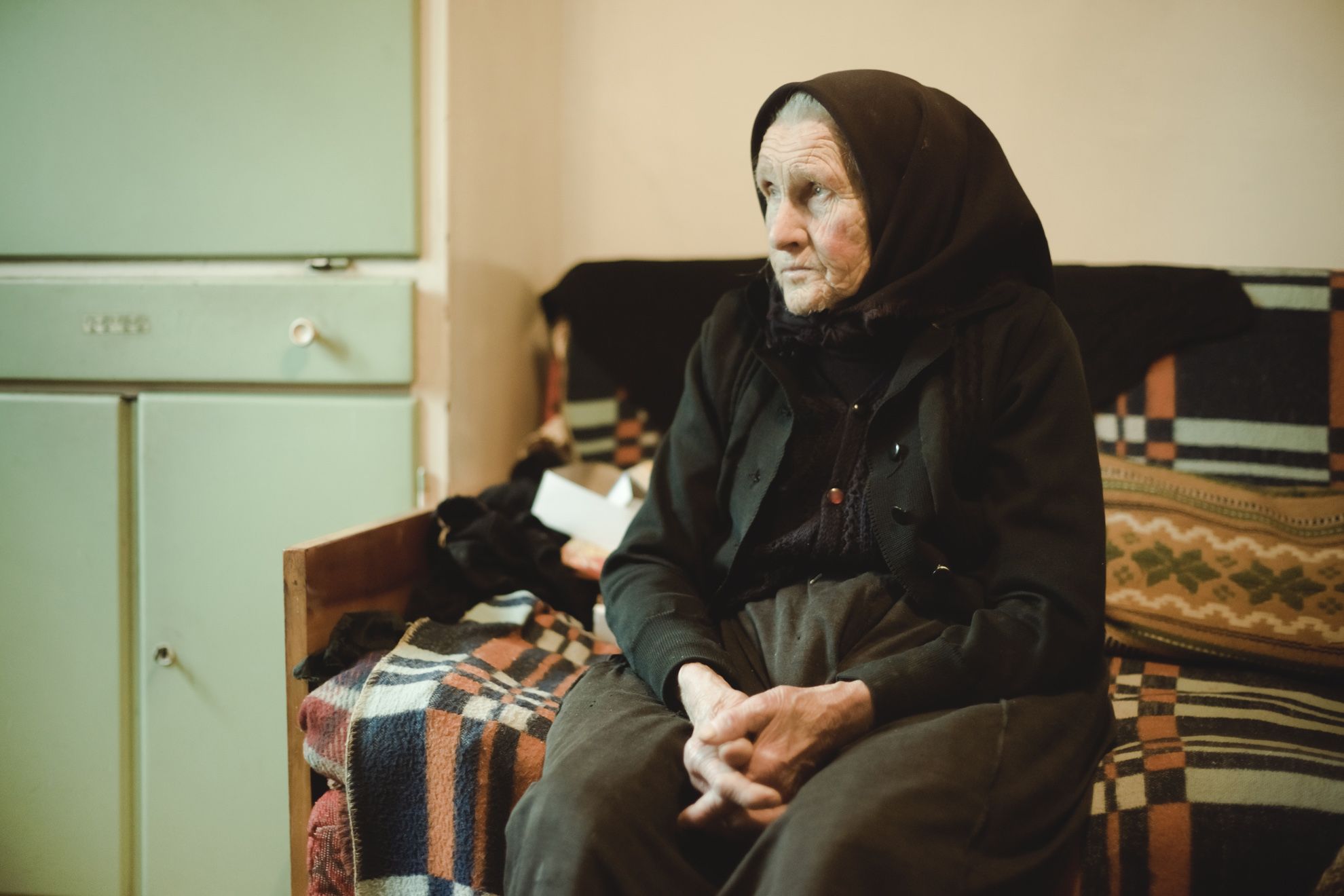

Most of them worked as day laborers in their entire lives, got married very early and had children at a young age. They lived through all the horrors of the 20th century, and yet they are still cheerful, they can still be happy about the beautiful environment they live in, or the good pea harvest. I have also met a cartwright named Kálmán, who, after showing me around his workshop, showed me a photo of his father instantly, and told me that he learnt the craft from him, and that back in the day they even made carriages for the Eszterházy family.


How do these stories influence your everydays, to what extent do you follow Kisecset’s traditional way of life?
I return home as a different person after each visit, and I see things from a new perspective. I can’t even imagine my 4-year-old son to guard geese. I can’t even imagine what it must be like to cook lunch for the family out of nothing. To work for everything, with my two hands. I think it is important to preserve and to learn what they know. Even though only on a small scale, but we have our own garden that we cultivate. It gives us a love for the land and the joy of our having own crops. There are only a few old people left in the village, I am in regular contact with them, I learn from them and I photograph them while I can. In fact, this photograph series is not completed. I keep adding to it: life keeps adding new stories to it.
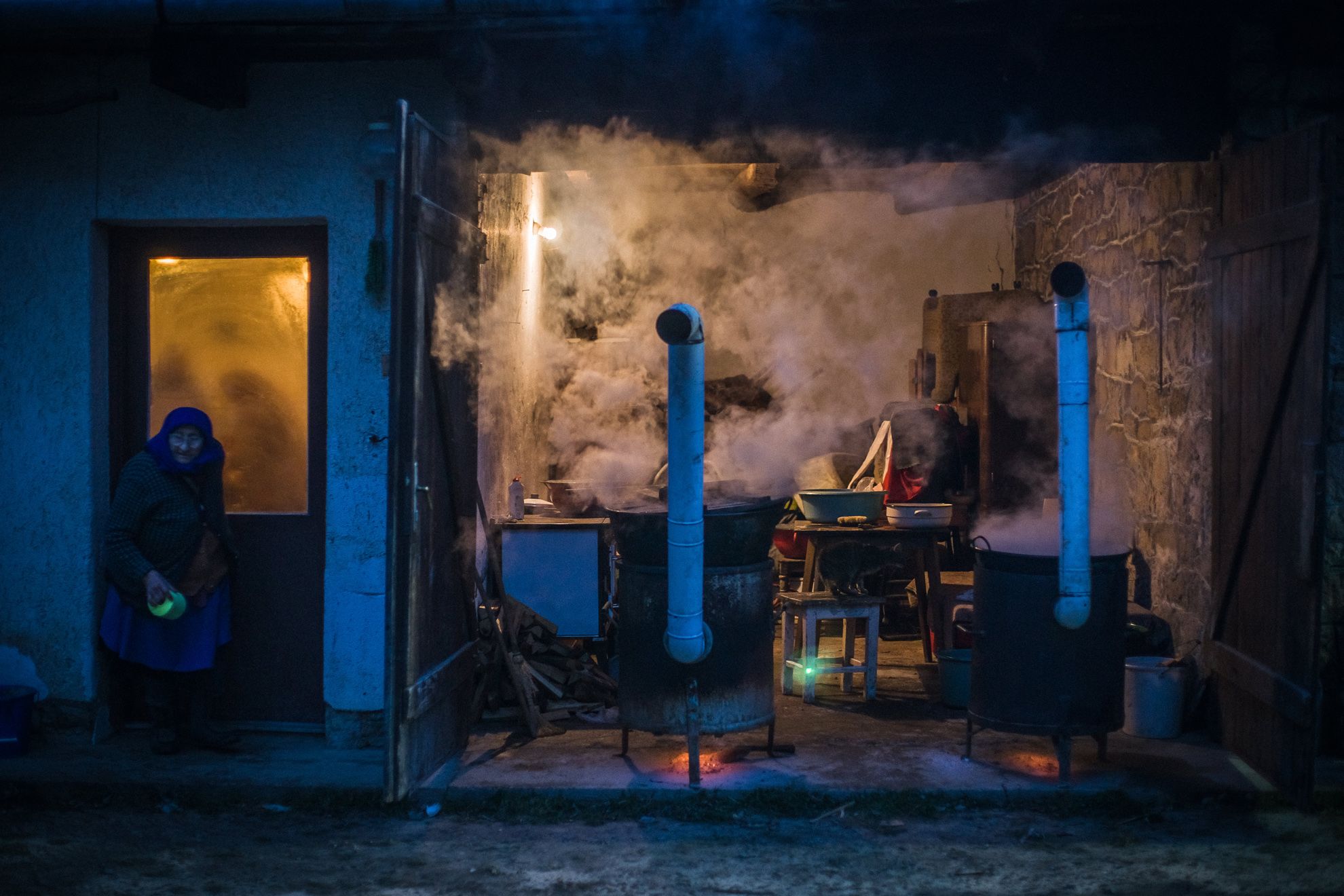
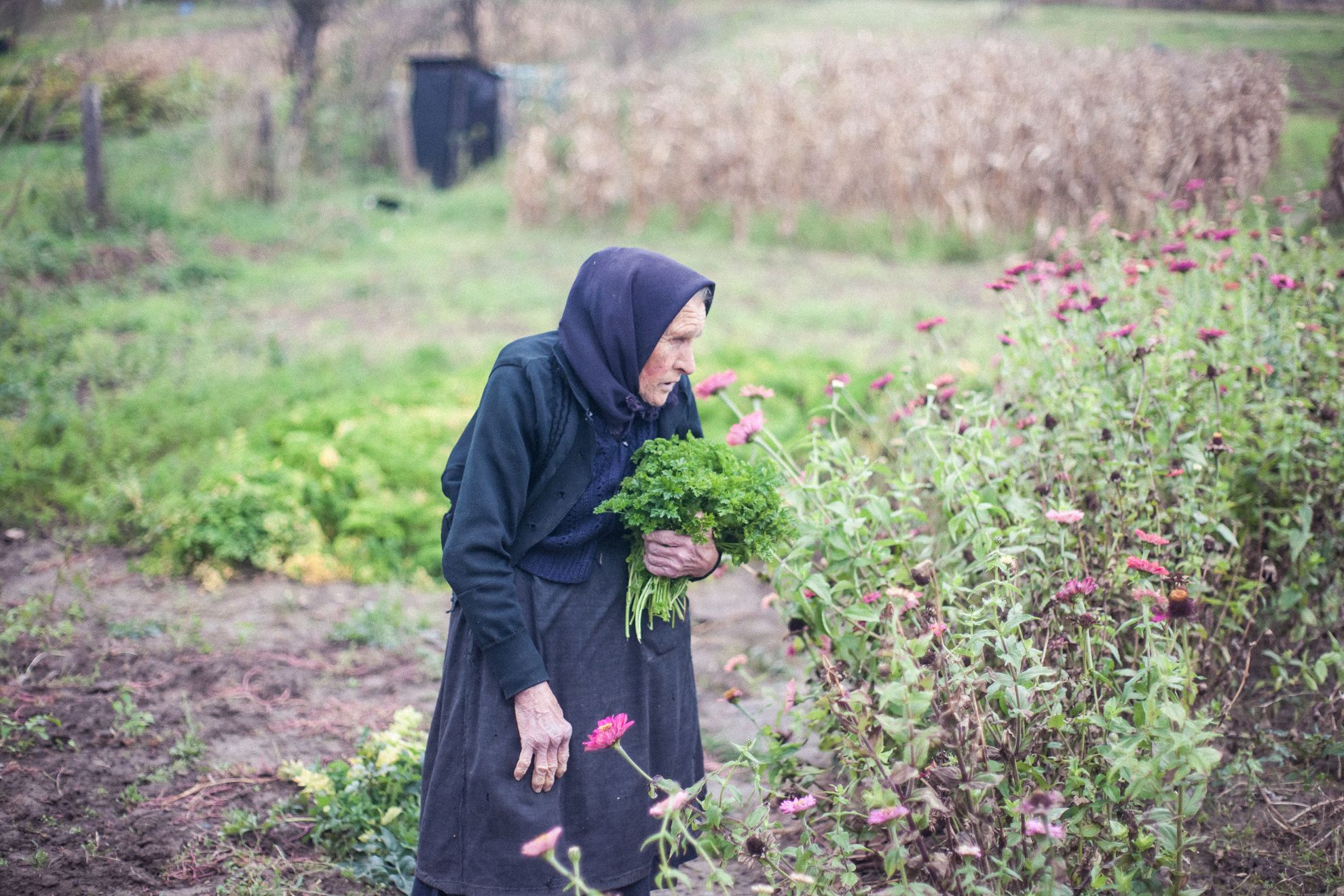
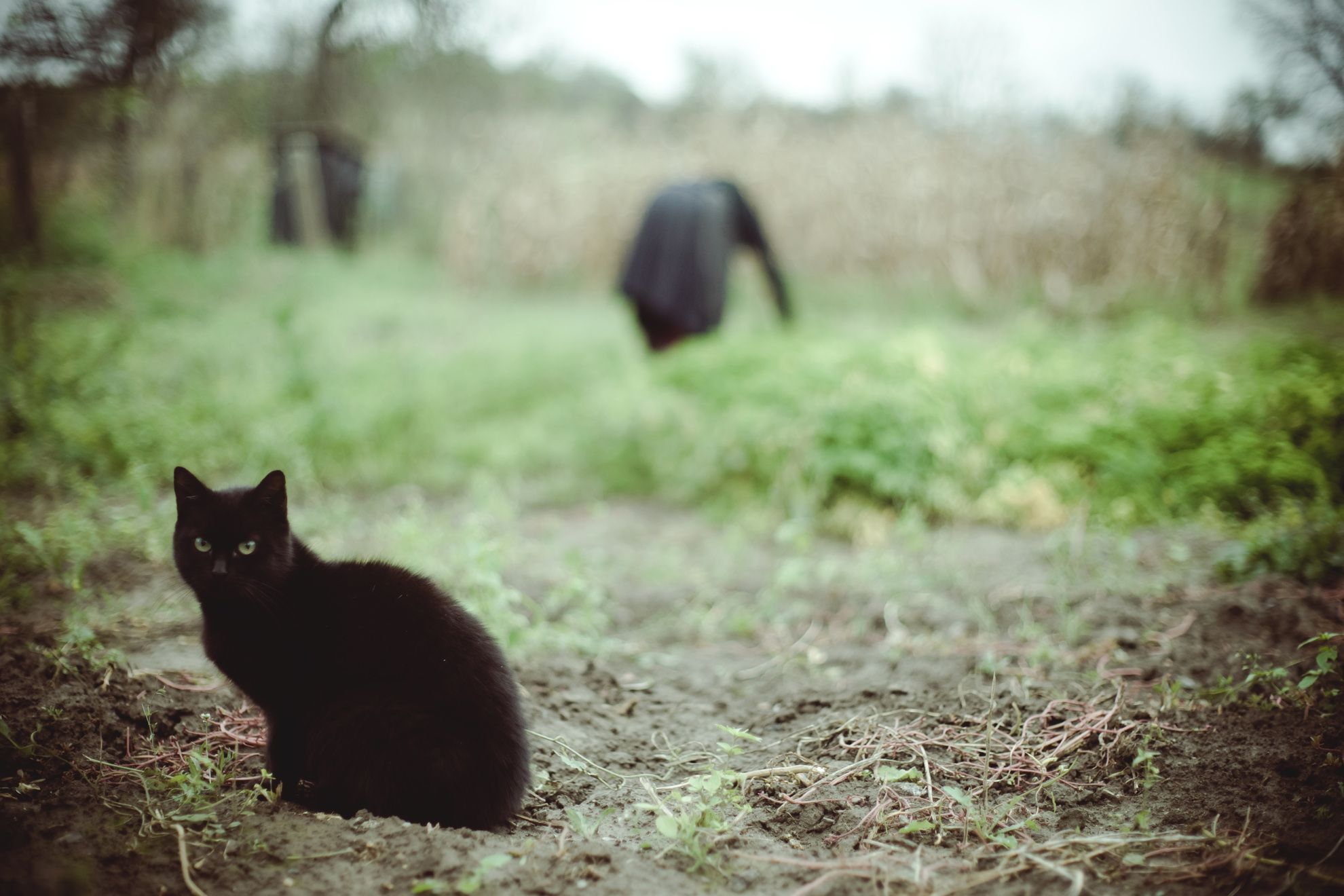
What changes has the village gone through over the years? What opportunities does the community living there have?
Nowadays houses that have been abandoned for a long time are also starting to sell, more and more people move here, and more and more people start livestock farming and crop production. A farmer’s market opened just recently for example, which I think is a great achievement in a little village like this. Kisecset is very close to my heart, and even though it will never be the same village I knew and loved in my childhood, I truly hope that it has a future and those living there will find a way to live in a little village like this in the 21st century.
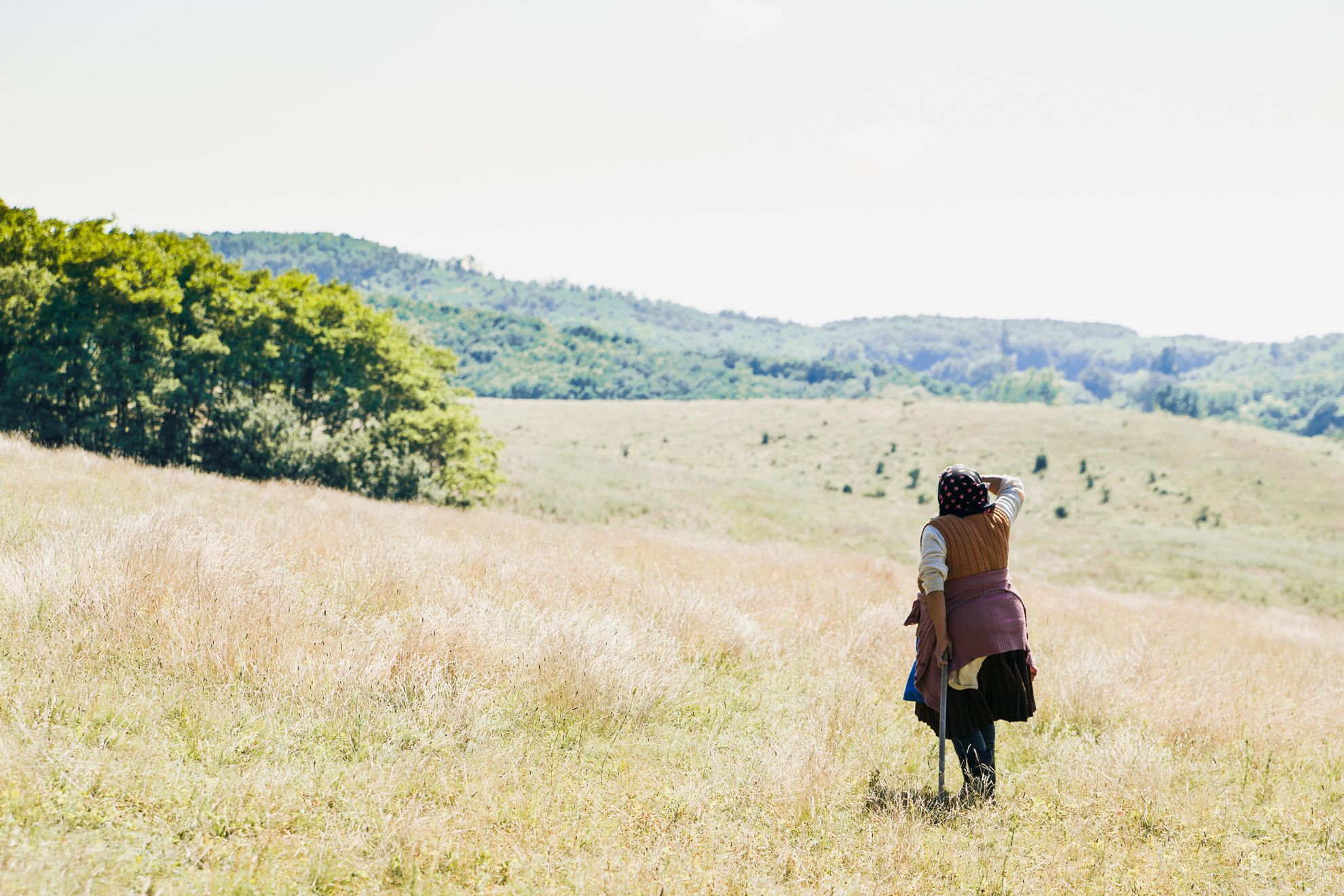
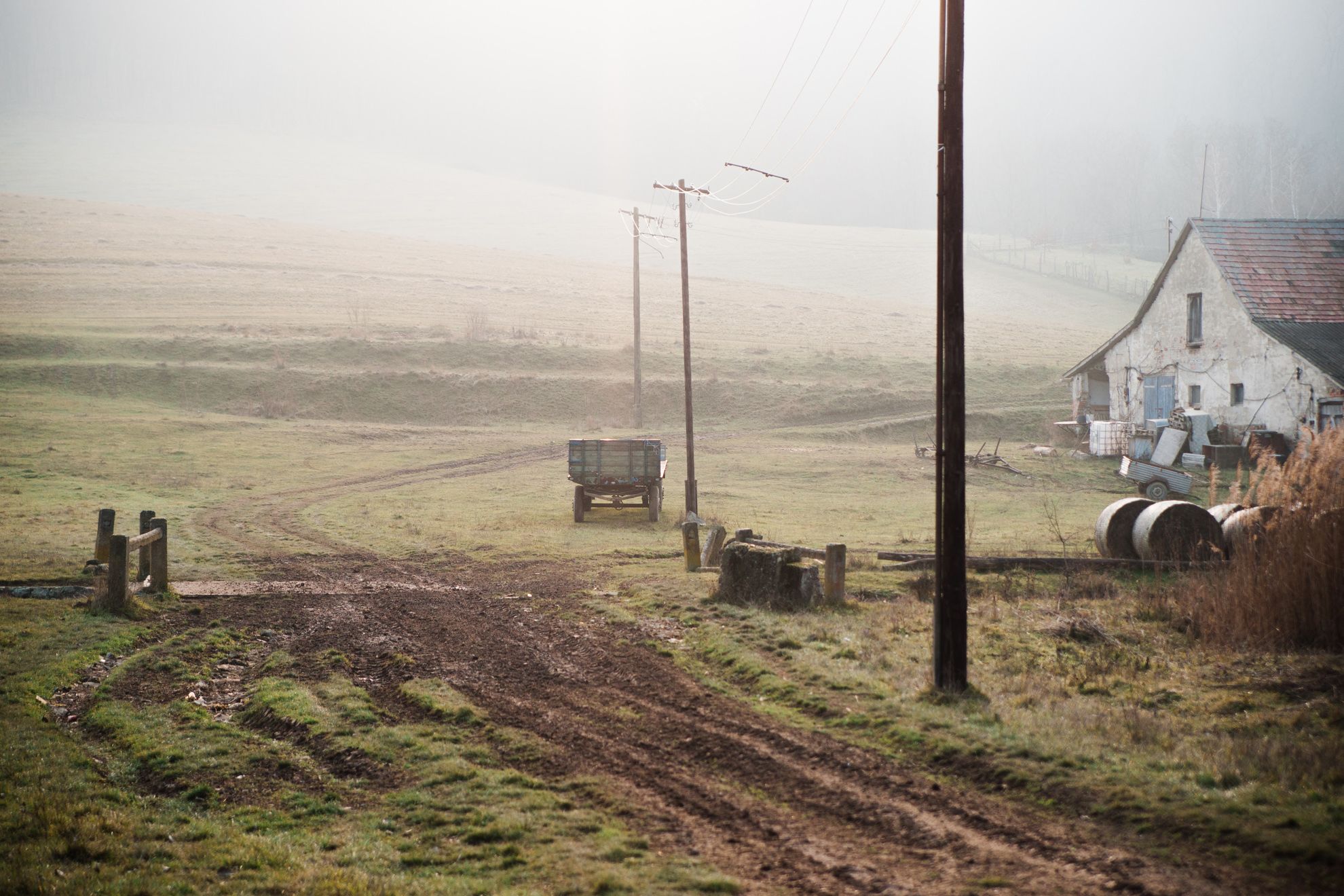

Your photo series also continues beyond Kisecset: in the framework of the MMA Art Grant, you’ll continue to monitor the everydays of Palóc communities. What are your plans?
I have planned to get to know other villages in addition to the ones nearby, and thus to expand my series for a long time. I am very happy that the grant offers me a chance to work on a new photo series along my own schedule in the next three years. During the term of the grant, I would like to follow the life of two Palóc villages, Rimóc and Kupusina through community events and personal stories. I would like to examine the differences and similarities between them despite of the odd geographical distance. What gives the basis of the Palóc identity? What motivates the habitants to explore, preserve and live the traditions of their ancestors? What could the future of these traditions be?

The peculiarity of the series will lie in the fact that Rimóc is a typical Palóc village in Nógrád county, Hungary, while Kupusina is a Palóc village located in Serbia. The Palóc people settled there centuries ago, but they still preserve their roots in their traditions and speech.
I have already contacted several elderly ladies in Rimóc, I have taken some photos and I got to know many stories – I can’t wait to go there again. I hope I will also be able to visit Kupusina soon, once the situation around the epidemic improves. As a closing act of the grant, I would like to organize a large-scale exhibition and publish another photo book, but this remains to be seen. Now I just immerse in the Palóc world, as far as it is possible in a mask. I can’t wait for the next visit, when I will try on folk clothing with one of the local ladies.
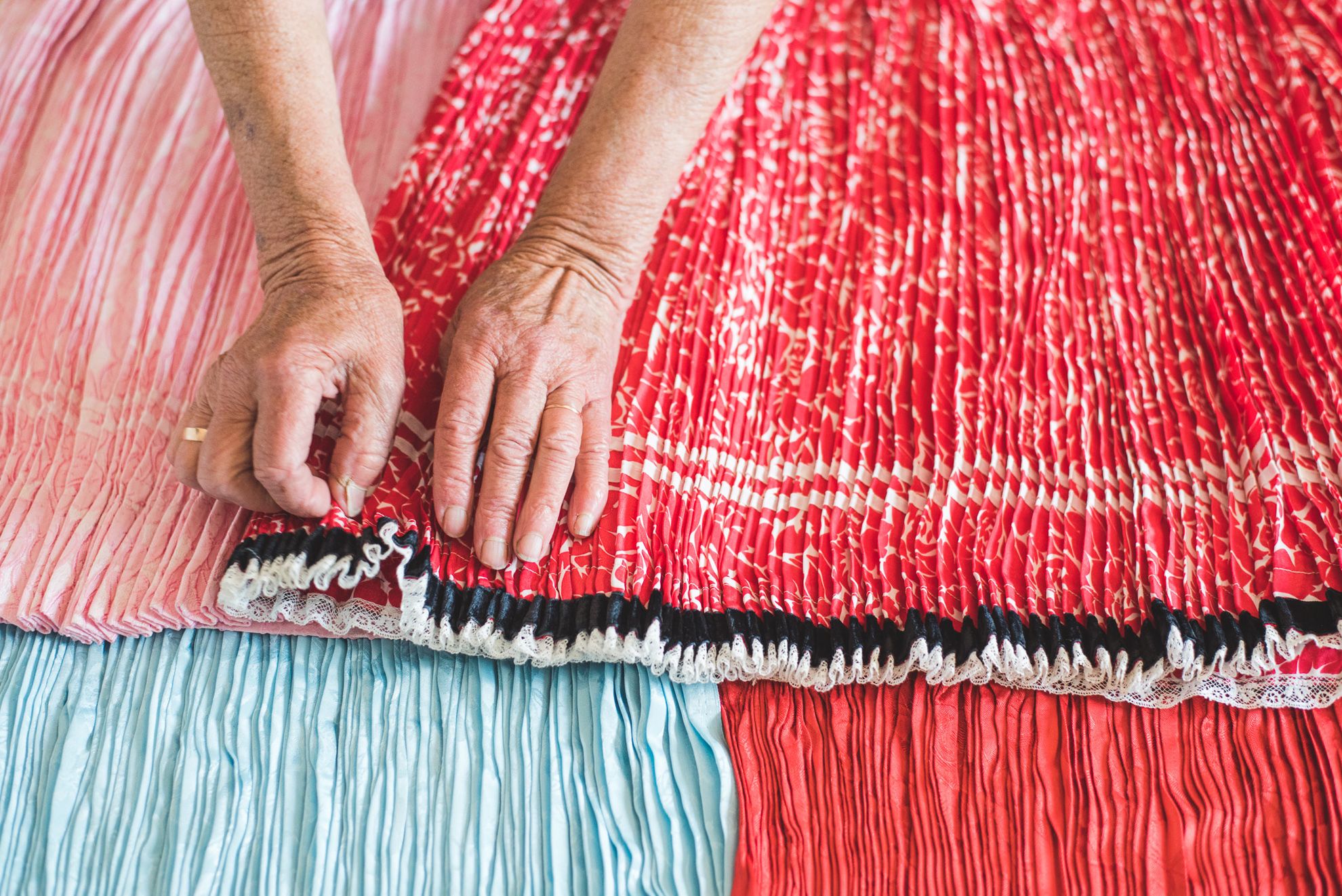
If you’d like to dive into the world of Görbeország, grab your own copy of Zsófia Mohos’s limited edition photo book – you can order it here.
Zsófia Mohos | Web | Facebook | Instagram | Behance
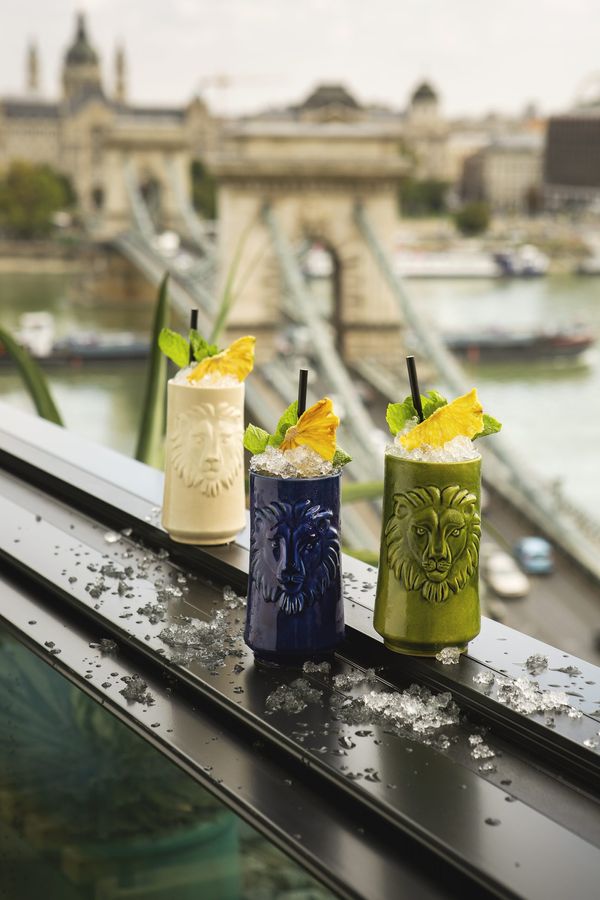
In heavenly spheres | Leo Signatures
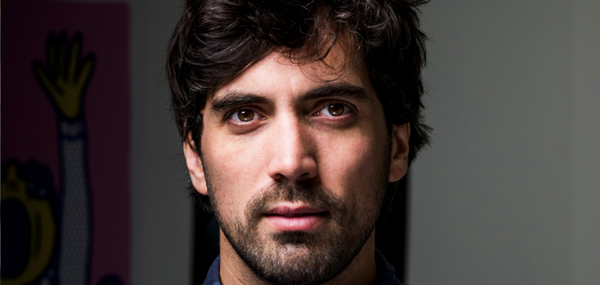
Highlights of Hungary 2020 | Levente Trellay
